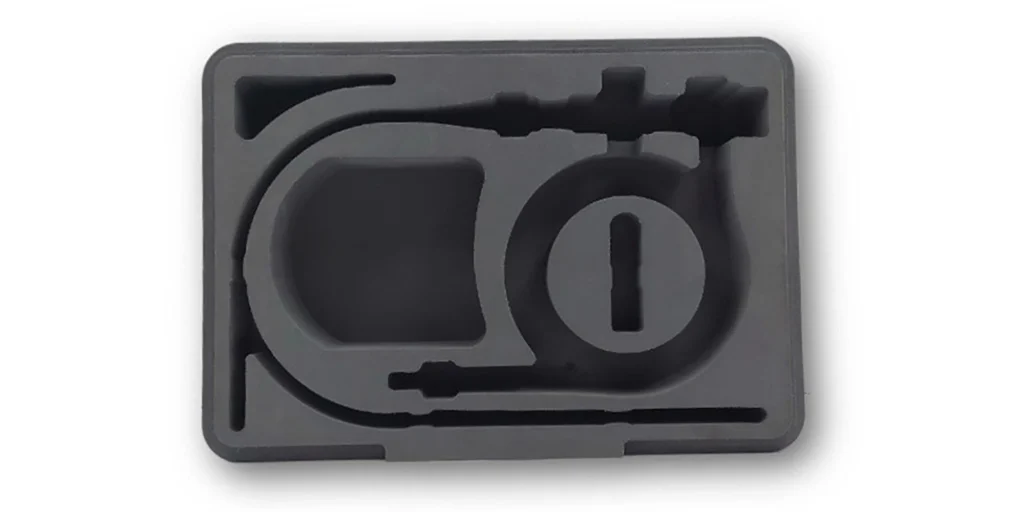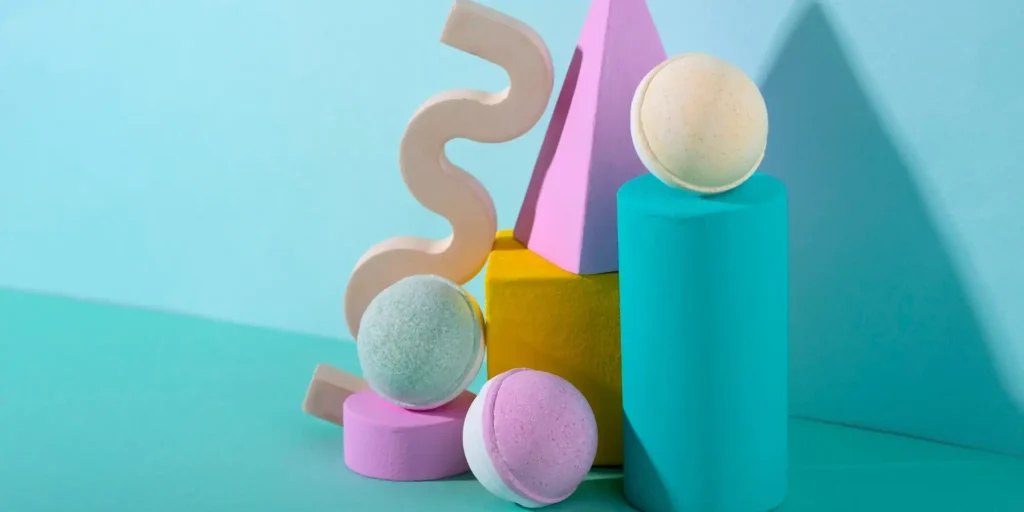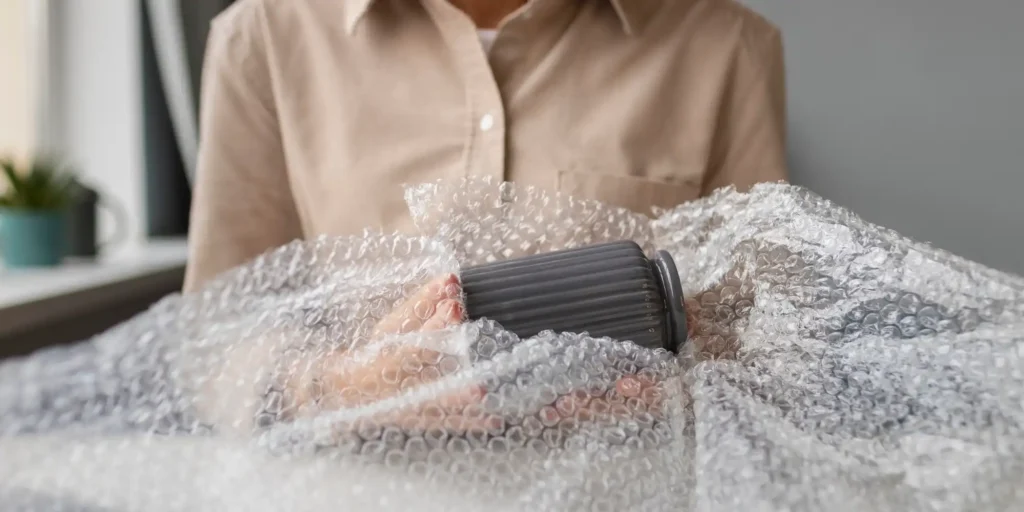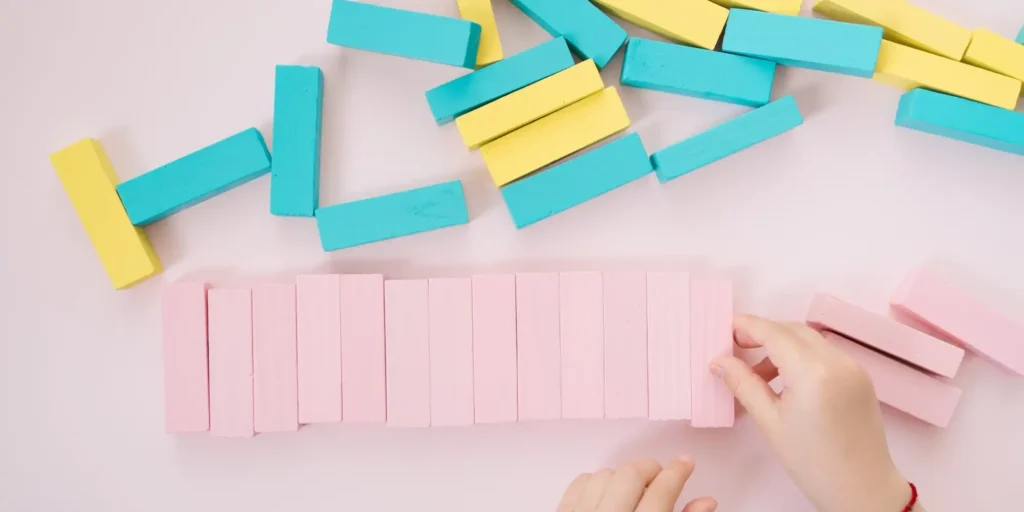Abstract
Ethylene-vinyl acetate (EVA) foam is widely utilized in medical device packaging due to its exceptional cushioning properties, chemical resistance, and customizable nature. However, to ensure safety and compliance, medical-grade EVA foam packaging must adhere to stringent international certification standards. This article provides an in-depth analysis of core certification requirements, including ISO 11607, ASTM D4169, and ISTA testing standards, while exploring critical aspects such as material selection, sterilization compatibility, and transport validation. Additionally, it addresses industry FAQs, offering enterprises valuable insights into compliant packaging solutions.
Core Certification Standards for EVA Foam Medical Device Packaging
1. ISO 11607: The Gold Standard for Sterile Barrier Systems
- Scope: Applies to sterile packaging systems in direct contact with medical devices, including primary packaging (e.g., blister trays, sealed pouches) and secondary packaging (e.g., EVA foam inserts).
- Key Requirements:
- Seal Integrity: Validated through microbial challenge tests (e.g., ASTM F1608) to ensure microbial barrier performance.
- Material Compatibility: Must withstand sterilization methods (ethylene oxide, gamma irradiation, etc.) without material degradation.
- Aging Tests: Simulates long-term storage conditions (e.g., ASTM F1980 accelerated aging tests).
2. ASTM D4169: Framework for Transport Safety Validation
- Testing Scope: Simulates real-world logistics hazards such as vibration, impact, compression, and climatic variations to evaluate EVA foam’s protective capabilities.
- Critical Metrics:
- Drop testing (categorized by product weight), compressive strength (e.g., ASTM D642).
- Vibration frequency matching actual shipping conditions.
3. ISTA Series: Global Logistics Performance Testing
- ISTA 3A: Designed for parcel shipping (courier, air freight), emphasizing random vibration and multiple drop tests.
- ISTA 3E: Applicable for less-than-truckload (LTL) shipments, simulating complex mechanical stresses under loose loading conditions.
4. FDA 21 CFR Part 820: Quality System Compliance
Mandates a comprehensive quality control system—from raw material procurement (supplier audits for EVA foam) to finished goods inspection—ensuring batch consistency and traceability.
FAQ: Common Concerns Addressed
Q1: Why is EVA foam the preferred choice for medical device packaging?
Answer: EVA foam offers superior resilience (protecting delicate instruments), low moisture absorption (preventing failure in humid environments), and customizable die-cutting (accommodating varied device geometries). Furthermore, it meets medical-grade material requirements, ensuring non-toxicity and absence of leachables.
Q2: How is EVA foam’s compatibility with sterilization processes verified?
Answer: Post-sterilization material assessments are conducted, including:
- Residual ethylene oxide testing (ISO 10993-7).
- Foam hardness evaluation post-gamma irradiation (ASTM D2240).
Q3: What is the typical duration for packaging certification?
Answer: Typically 4–8 weeks, contingent upon test complexity (e.g., accelerated aging tests spanning weeks) and certification body review timelines. Early planning with allowance for iterative refinements is recommended.
Q4: If packaging fails testing, what corrective measures can be taken?
Answer: Optimization strategies include:
- Material Enhancement: Upgrading to higher-density EVA foam (≥60 kg/m³) or reinforced composite structures.
- Design Modifications: Increasing cushion thickness or implementing zoned support configurations.
- Process Refinements: Improving die-cutting precision or adjusting sealing parameters.
Q5: Does the FDA recognize ISO 11607?
Answer: Yes. The FDA acknowledges ISO 11607 as a critical benchmark for packaging compliance, though adherence to 21 CFR Part 820’s Good Manufacturing Practices (GMP) remains mandatory.
WELLE Trade has over 20 years of experience in the production and processing of PE/EVA/TPE foams, so you may want to consult with them if you have any sourcing needs.




